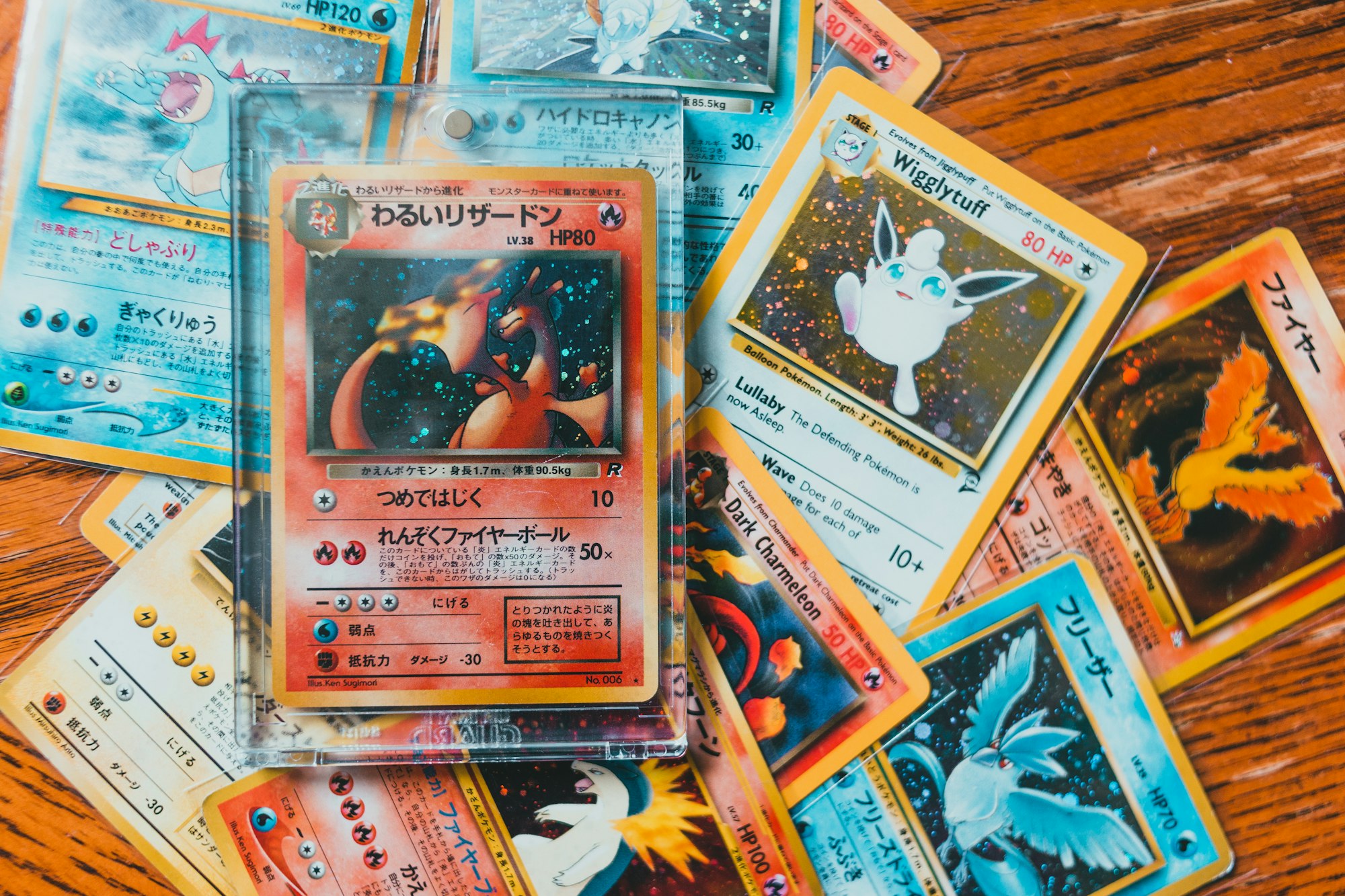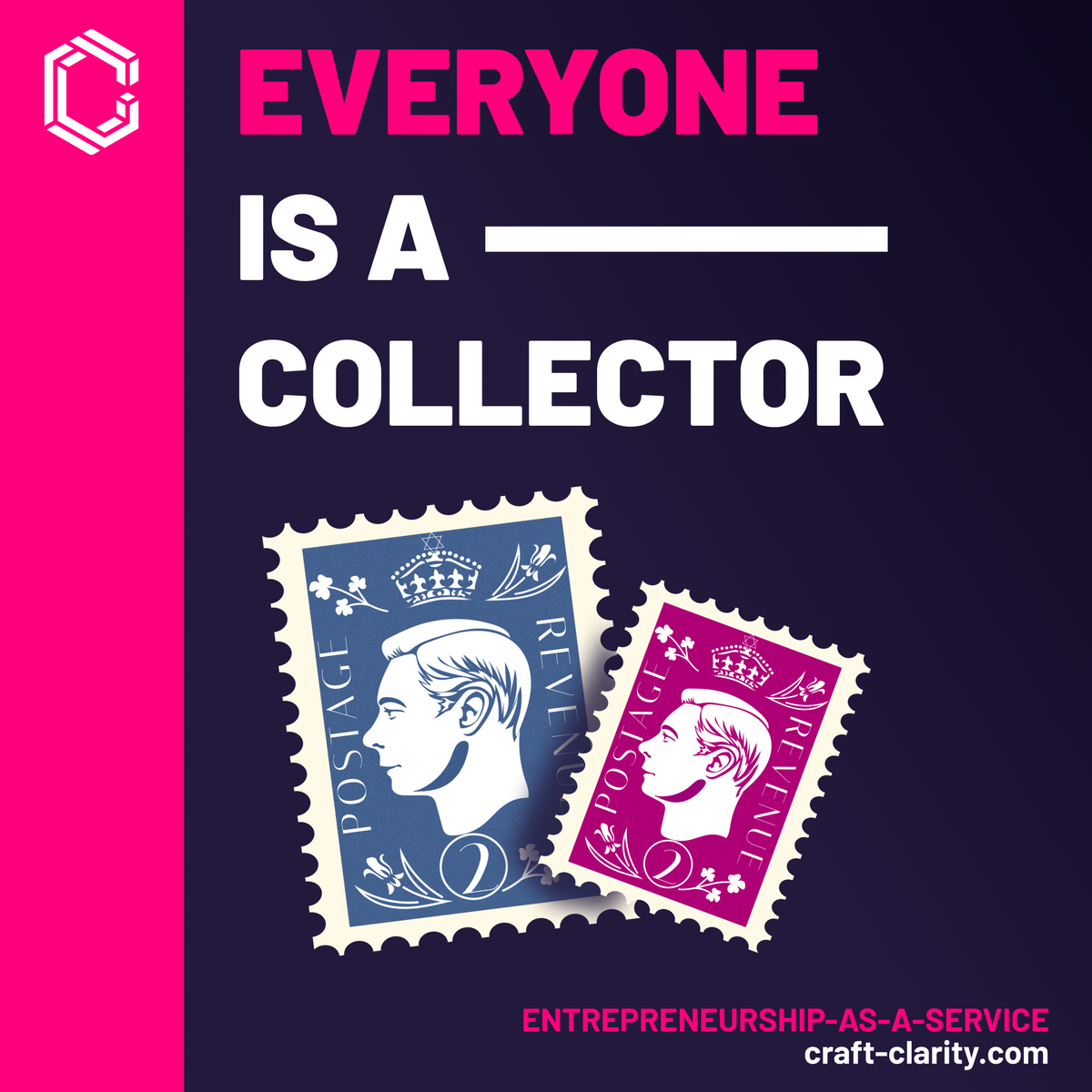The history of collecting
Why do people collect items? Whether it be because of an emotional connection, the history of an object, or pure pleasure, individuals have been saving all types of trinkets for years.
Today, some of the most common items among children and adults include Pokemon Cards and Kinder Eggs. Kinder Eggs were created by Michele Ferrero in 1974 from an Italian tradition and are favored for their apparent randomness and simplicity. On the other hand, Pokemon Cards are attracted by achieving a complete set of characters and are collected for enjoyment and profit.

Flashback to the 19th century, when collecting was a measure of status. People wanted to collect to feel superior and be the most worthy. There might have been an emotional connection, as humans honor sentimental worth. However, the monetary value was more significant.
In addition, people began a collection when they had two of one item. They continued to collect because they did not want to give up on what they had invested their time into. This motivation is a leading factor because the more individuals began to collect, the more they were inclined to make annual investments and continue this cycle. Today, instead of collecting Kinder Eggs or exchanging Pokemon Cards, the recent trend has been collecting and trading NFTs.
The rise of NFTs and animal avatar collections
Throughout the last year, animal avatar collections with a limited number of NFTs have gained popularity. People have used these images as profile pictures, including celebrities like Snoop Dog and Paris Hilton. For example, the Bored Ape Yacht Club collection comprises 10,000 comic bored ape NFTs. Each NFT has a different distribution of attributes, making an NFT “one-of-a-kind” and like no other.
When these collections are released, and you are the initial buyer, you don't know which one you may get. You buy ("mint") the NFT and get a random item from the collection. For instance, you might get a golden fur Bored Ape. Golden furs appear 46/10,000 times vs. gray furs which appear 496/10,000 times. The combination of these characteristics makes up for the overall rarity. The higher the rarity, the greater the chance of getting a higher valuation for the NFT. One of the highest sales of a gold fur Bored Ape was almost precisely one year ago for 740 ETH (about $3M at the time).
We have seen this mechanic before. You could pull scarce Pokémon cards from a pack, and you didn't know what might be hidden inside. It has worked before and it works now.

Different ways to calculate rarity
For NFTs, there are different ways to calculate rarity mathematically. Every method has advantages and disadvantages, but currently, the so-called “Rarity Score” is the most common and accurate unit of measure. As the space is so new, we might see other ways to calculate rarity and value in the future.
For example, we should consider not only a mathematical formula but also the psychological aspect. Certain traits have a particular standing in pop culture and might be more popular even if they are not as rare as other NFTs. In particular, people are interested in Zombies because they stand out compared to other caricatures. As a result, Zombies might be valued higher than other rarer NFTs because the demand for Zombies is greater. This makes us ask ourselves, what motivates someone to buy a certain NFT and how does rarity factor into that decision?
The future of collecting NFTs
The NFT market is still up and coming. Who knows, in the next ten years, rarity might not even be a unit of measurement. For example, a change in valuation could be in the building of characters and their IPs. Many NFT’s come with a commercial license and can be licensed into books, movies, and even fashion. If your character has appeared in a film, it might be worth a higher value, even if it is not rare. In conclusion, people should consider all the factors that play into the valuation of an NFT. In addition, new collections should think about rarity distribution, selection of traits, and how they can use it to their advantage.
In a broad spectrum, NFTs speak to the collector in all of us. It will be interesting to see how the space evolves. There are still lots of challenges to solve like the overall user experience, helping people to stay safe, identifying good use cases, the environmental impact, and more. But our intrinsic motivation to collect will stay no matter how the market evolves.
Interested in learning more?
If you want to learn more about NFTs and stay ahead of the curve, subscribe to our blog or schedule a consulting call with our Web3 specialist Dominik Bleilevens aka beleevens on Twitter below.


